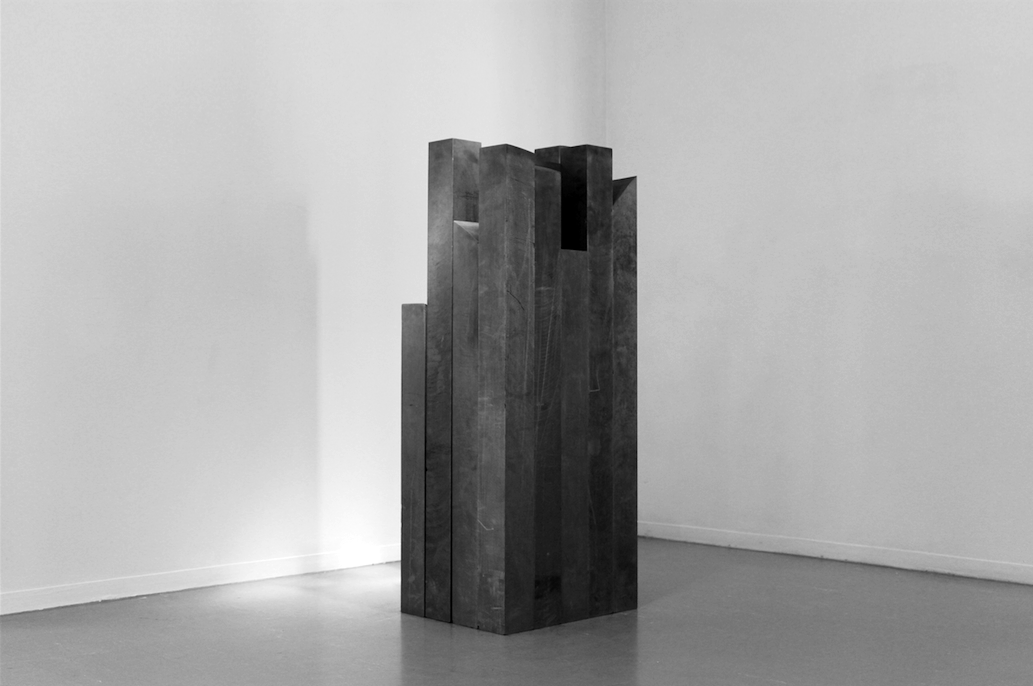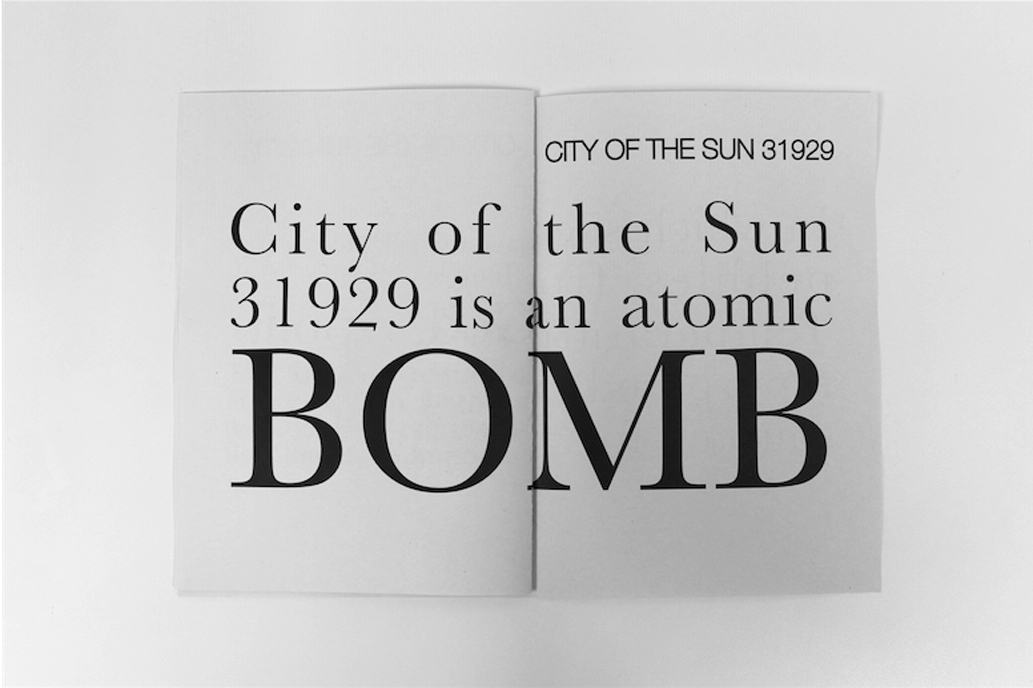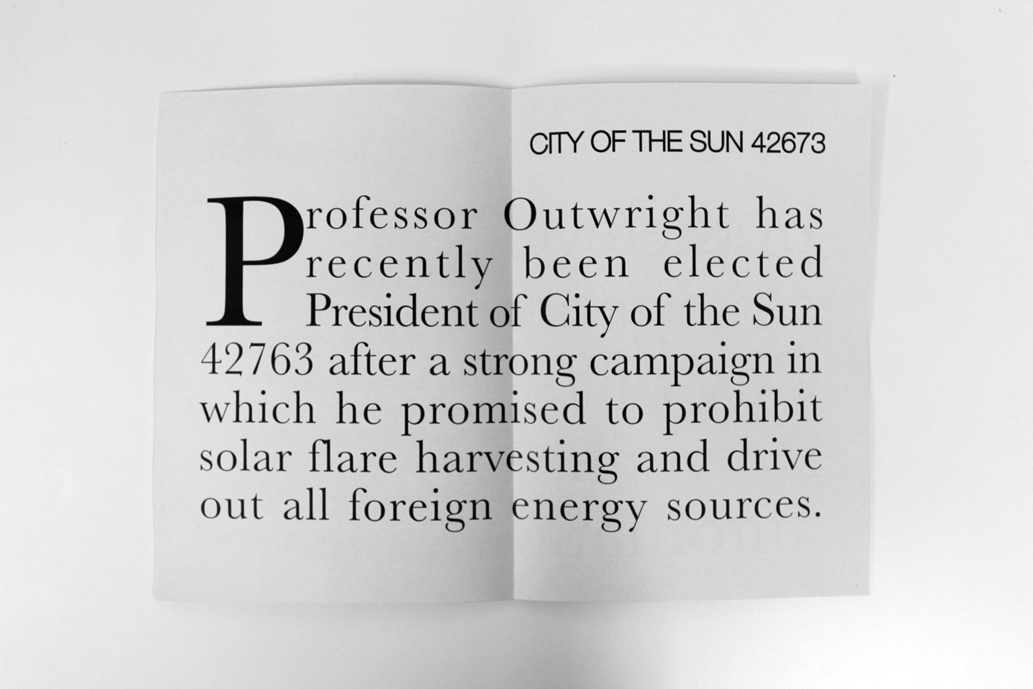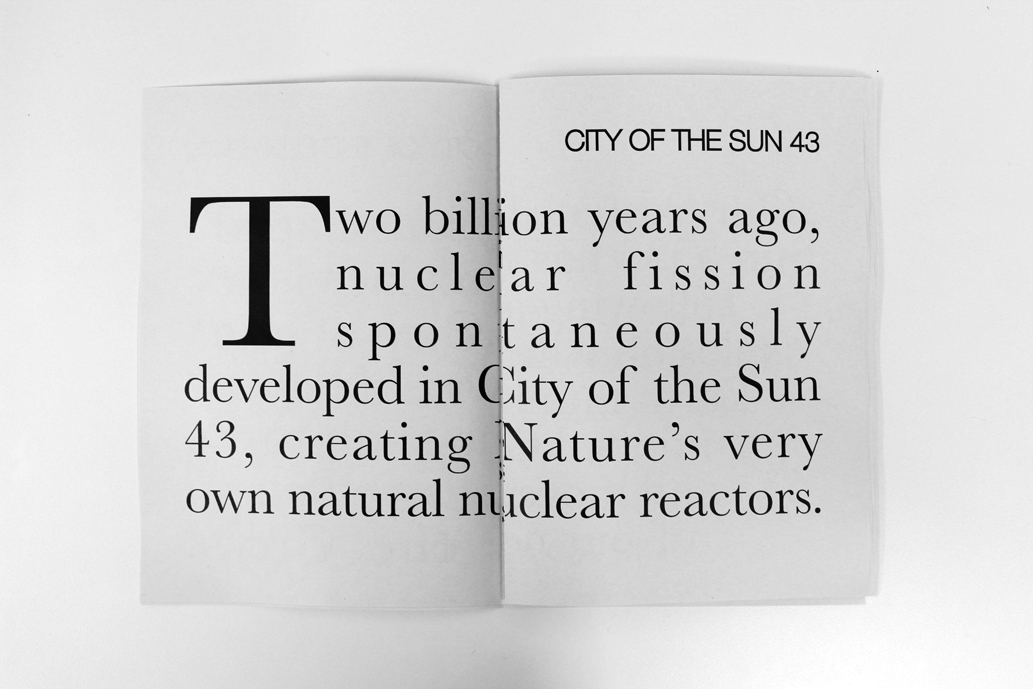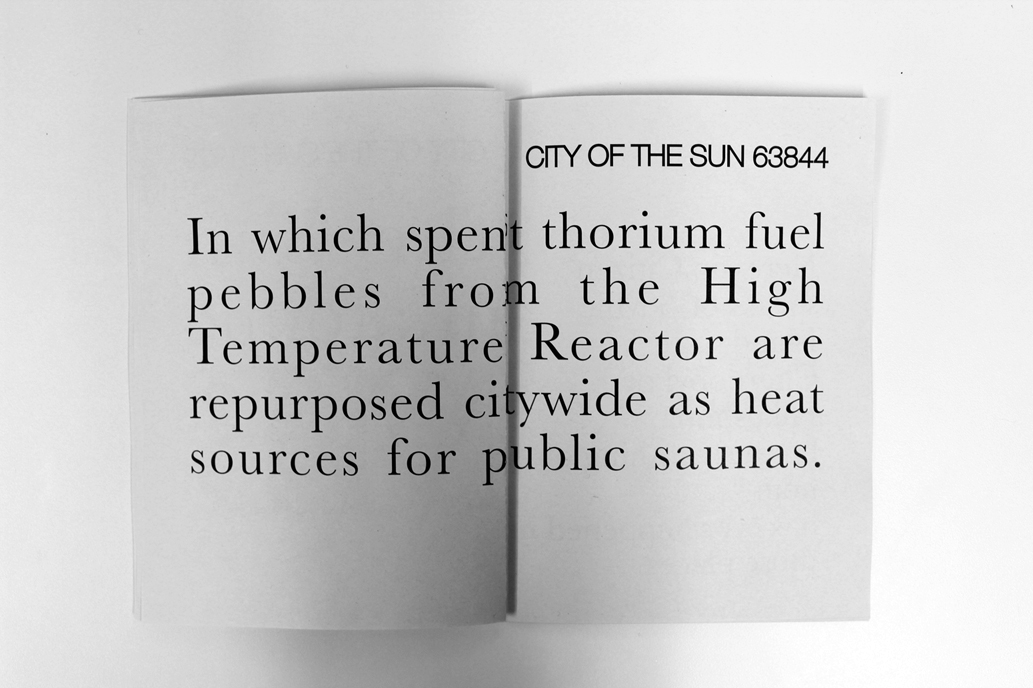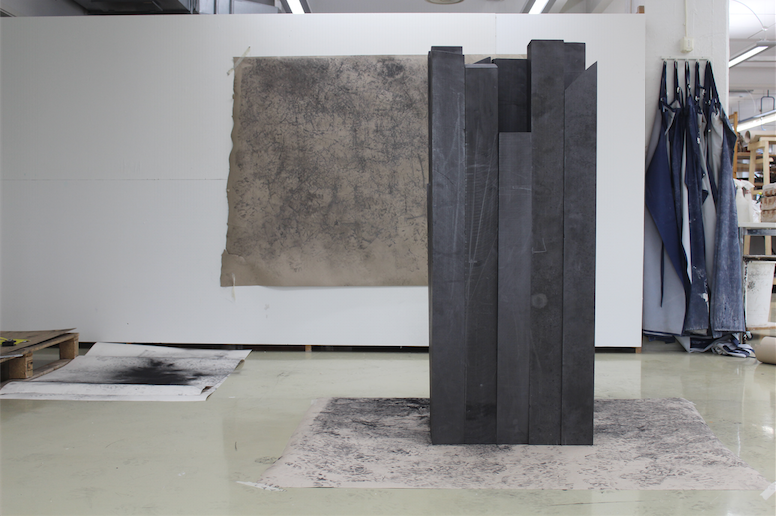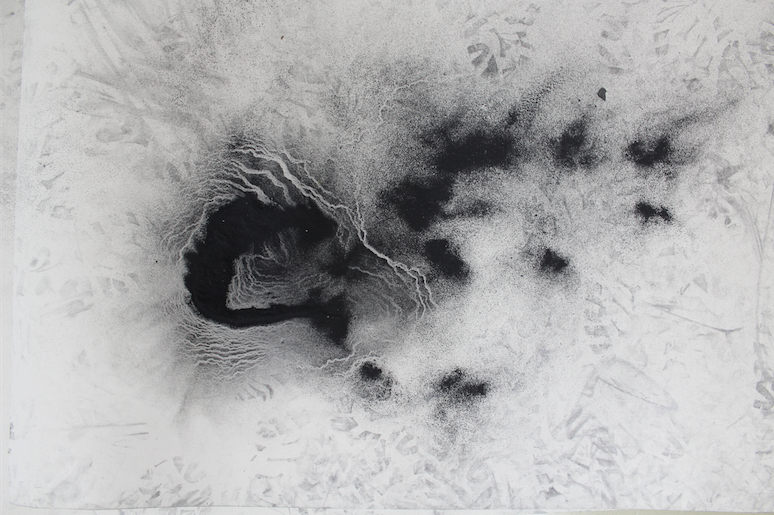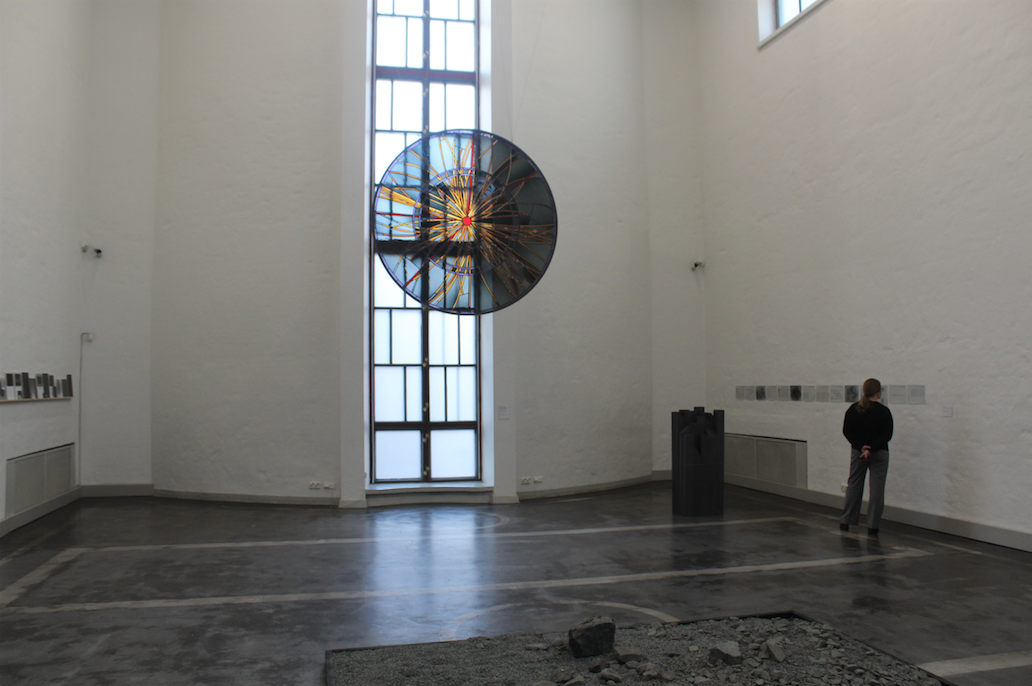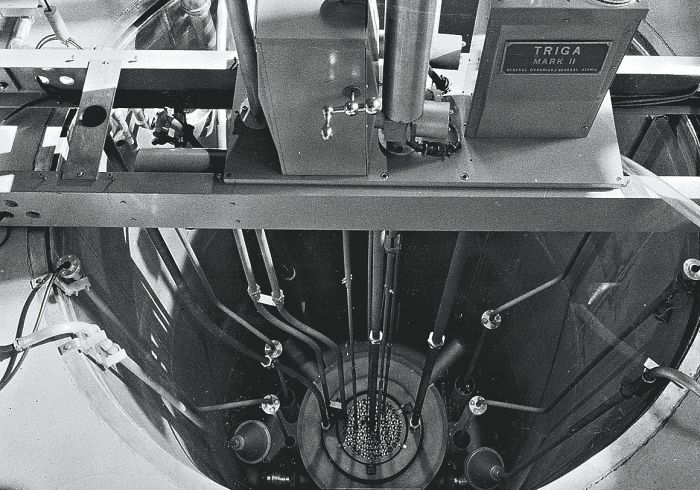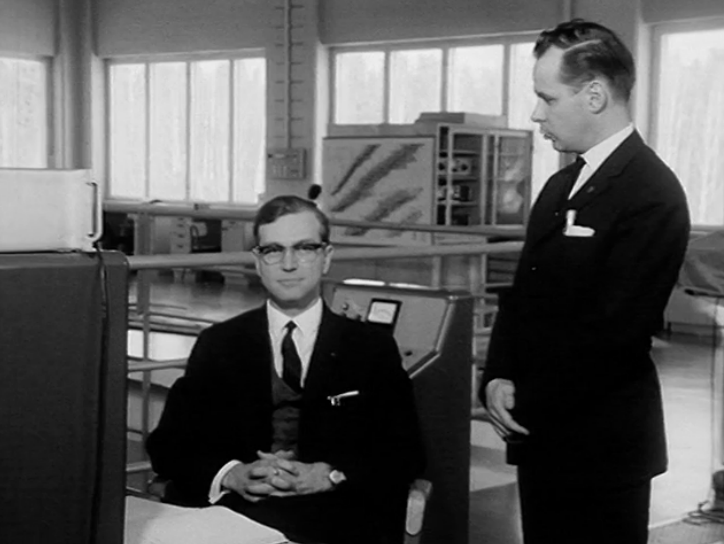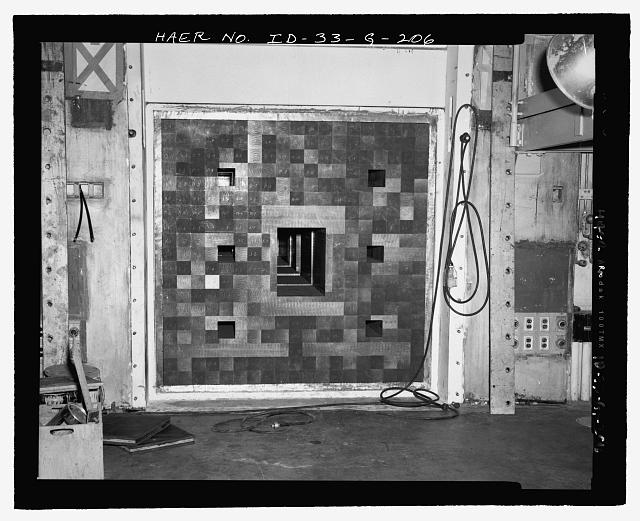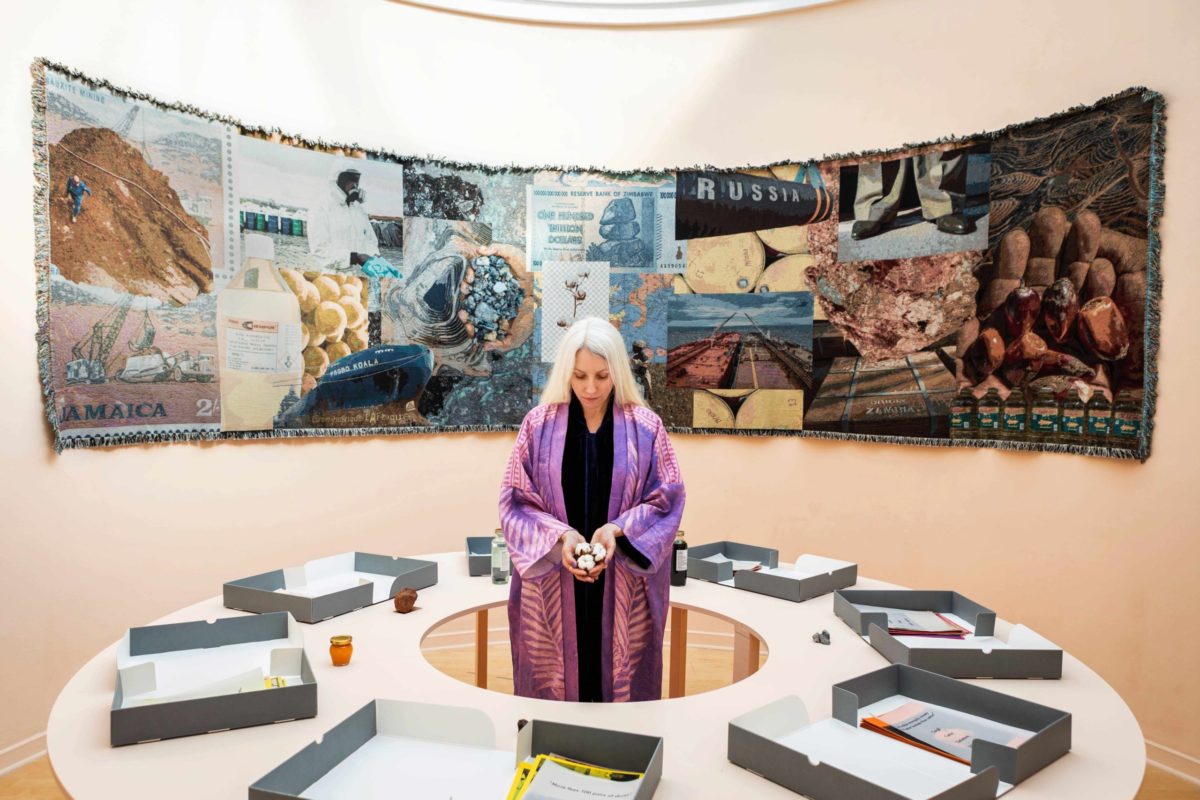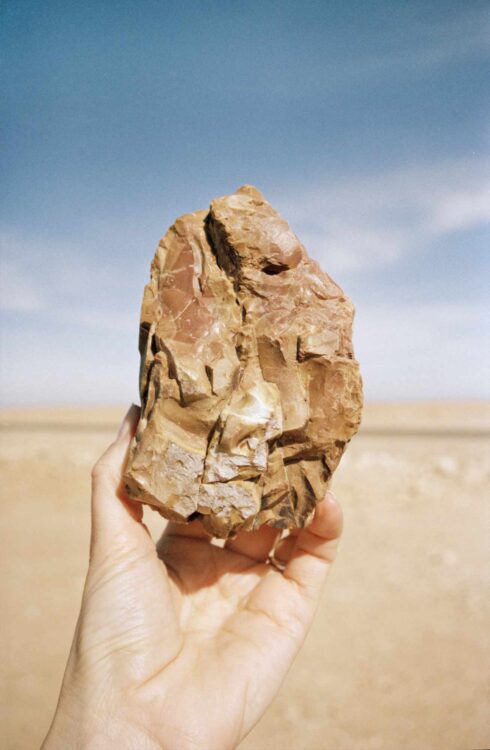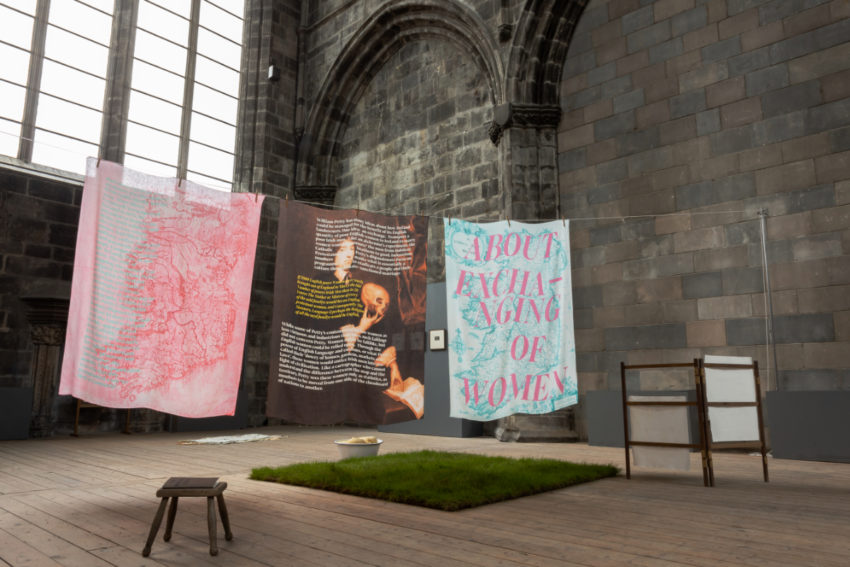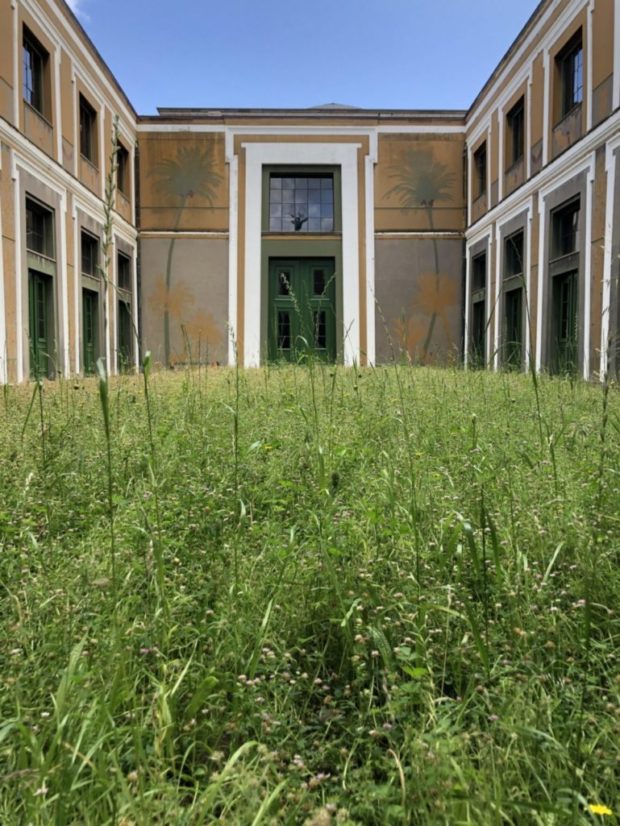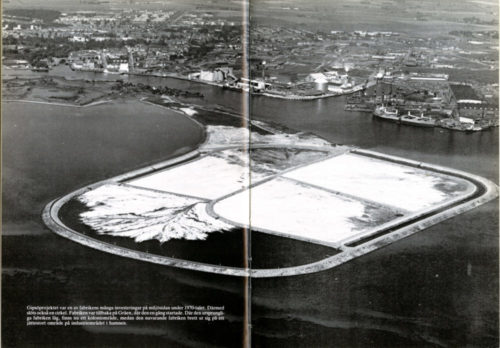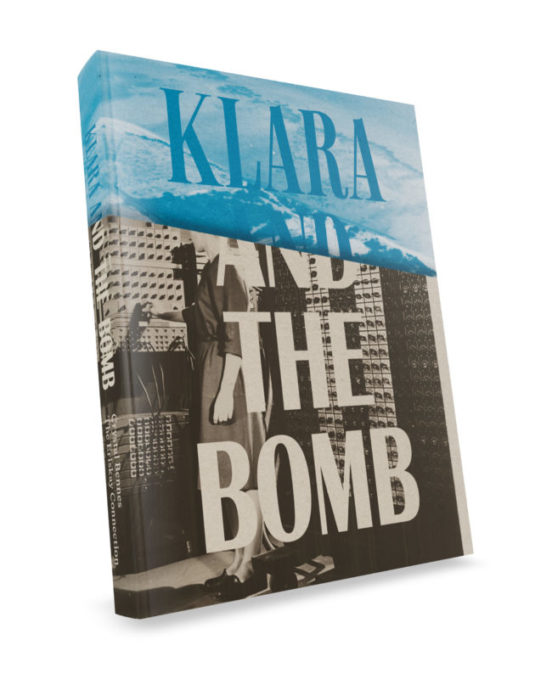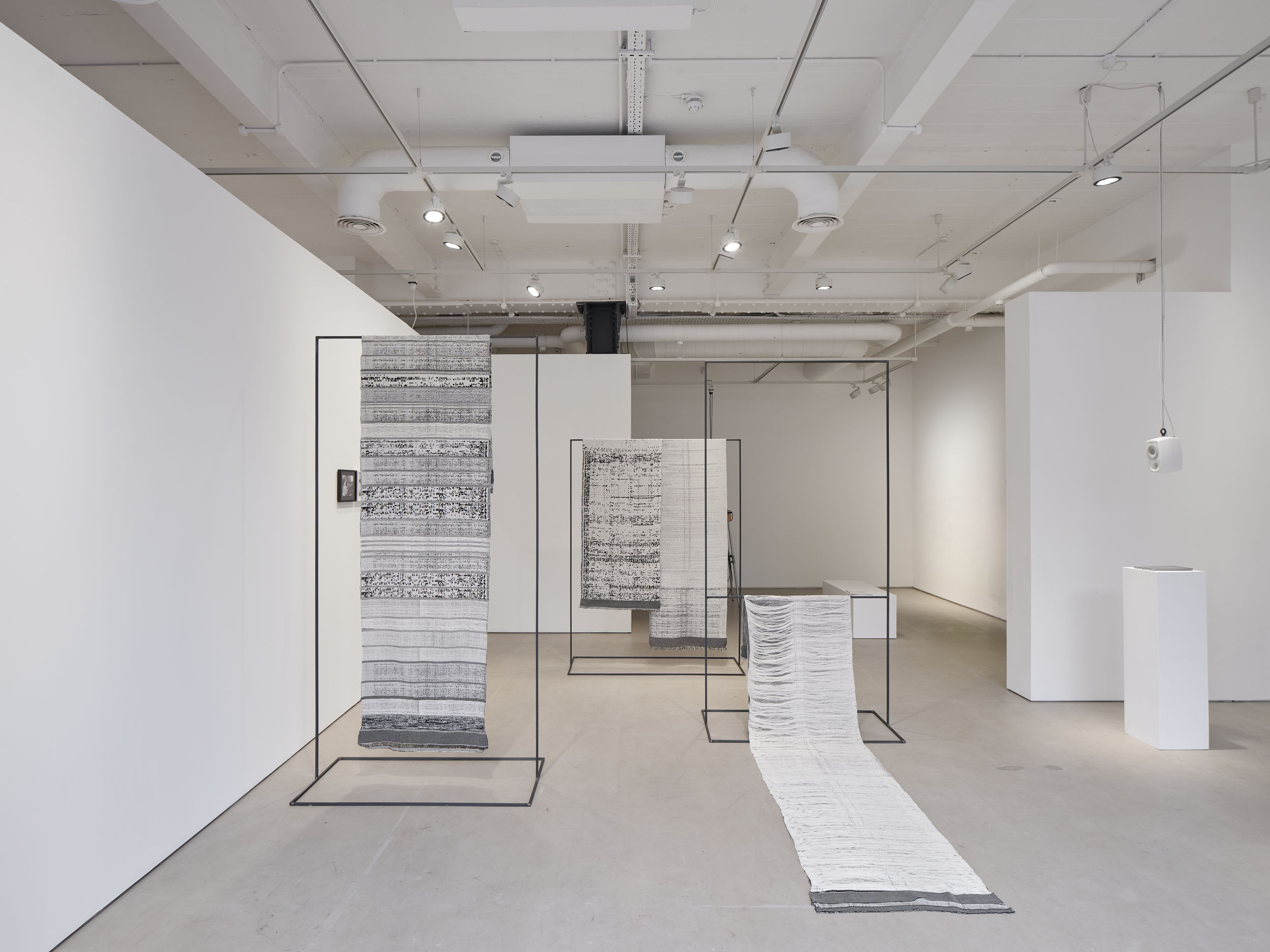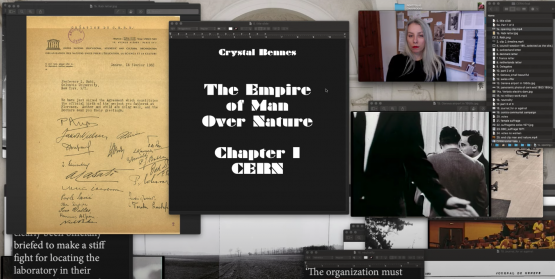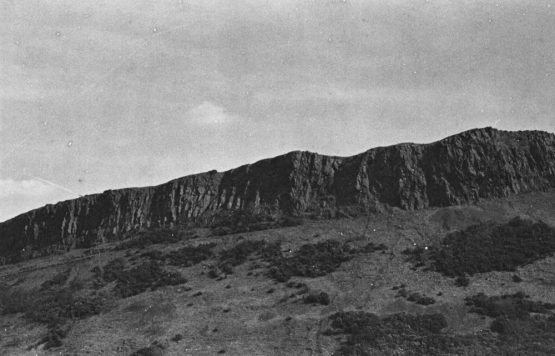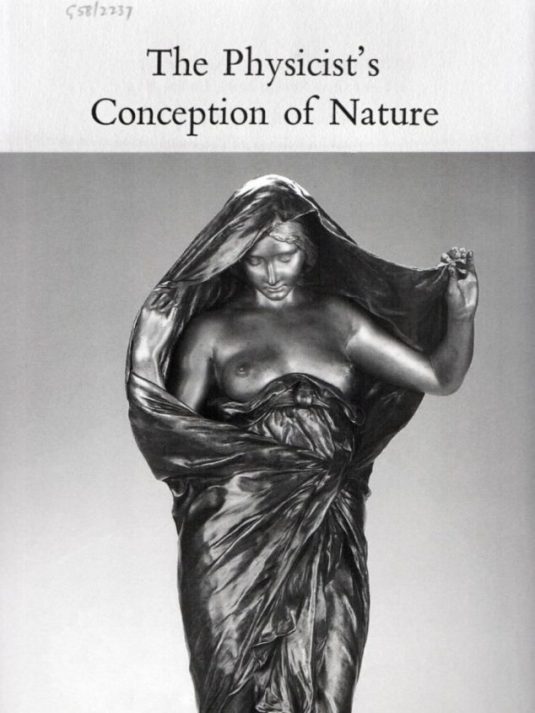One Hundred Thousand Cities of the Sun explores the idea of future cities developed around emerging nuclear technologies. Chinese engineers, working with technology developed in Germany in the 1960s, are building a new generation of smaller, safer reactors utilising thorium and hydrogen instead of uranium and water. One Hundred Thousand Cities of the Sun imagines what our cities might look like, how civic life could be transformed into cities with different kinds of work, infrastructure and community were it powered by nuclear energy.
A single, highly abstract, topological scale model of a City of the Sun has been constructed from dense, nuclear-grade graphite recovered from the thermal column of FIR#0, Finland’s first ever nuclear reactor (a TRIGA Mark II 100 kW research reactor). Graphite is a commonly-utilised neutron moderator in certain types of nuclear reactors. The sculptural model is joined by a series of text-based propositions, imagining alternative urban scenarios drawn from nuclear history past, present and possible future.
Archival images taken from films made in 1962, at the time of the inauguration of the Finnish State Institute for Technical Research’s TRIGA Mark II 100 kW test reactor.
Below is an archival photograph of graphite blocks arranged in the thermal column of a test reactor at the Idaho National Engineering Laboratory in 1951.
